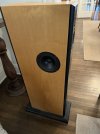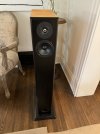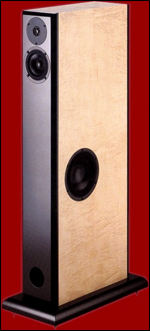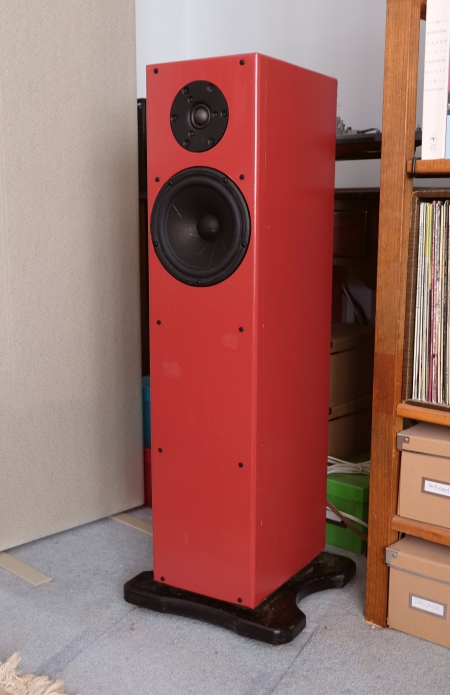I heard the Virgos at a big Stereophile show in LA in the early 90s. I was just going from room to room, and these really grabbed my attention: playing some classical music (a chamber piece I think, one I didn't know), it just sounded very lifelike. (I listen to a lot of live classical music.) I started raving about them to the exhibitor, who got annoyed with me, because it was actually the room of some European amp company, the Virgos were just what they were using for speakers. I was a good ASR objectivist even back then, so I didn't care about their amps. Anyway, I had never heard of Audio Physic before. Later, the Virgos got attention from the audio press, and IIRC were at point by far the least expensive speakers on Stereophile's A-list of recommended speakers.
@MattHooper, as he notes above, also thought they were something special.
So today my objectivist question is: why??? What was it about their sound that many people found captivating? I'm going to guess that it was some sort of deviation from linearity, but I would really like to know what that deviation was.
When I first heard Audio Physic we were into later series of Virgo with their own driver designs/customisations built by Wavecor in the very nicely built round-backed cabinet. And out of my price range at the time. I experienced the sonics positively and very similar to the descriptions here—from you,
@bec143 and
@MattHooper—so bought a smaller pair in the same style, Sitara iirc. They were also a bit warm in the mid-bass but projected that excellent stereo image so I was quite happy for a couple of years with them.
Naturally I asked myself the same question you did. In terms of on-axis deviation from linearity I also used them with Sonarworks (a Dirac competitor) full-range EQ which you set up via ~40 sine-sweep measurements in a wide radius round the listening position. That fixed the mid-bass, extended the lower bass and improved the stereo image specificity even more, at the cost of headroom that limited the maximum SPL.
While that type of EQ won't completely suppress non-linear on-axis characteristics it will mitigate them, and as there was no apparent degradation of holography or the disappearing act, I think logically that there are some other characteristics to their design/implementation in play.
Incidentally, Virgo was superseded by the four-way Codex model (and even a little cheaper) and I replaced the earlier speakers with these during the covid time (music being one thing we could maximally indulge in then). They have drier mid-bass and more lower bass extension naturally, but a somewhat elevated midrange in my room so I still run the EQ, but the difference is less dramatic and maximum SPL is much better. Mostly it fixes the lowest room modes at LP especially cutting a modal peak atround 50 Hz that wasn't so noticeable with the smaller speakers.
But back to your question. The narrative I find relevant is that both AP designers (founder Gerhard initially, and now Diestertich) have pragmatic mechanical engineering obsessions, so instead of using exotic materials to justify high pricing they've gone certain lengths toward dealing with vibrational behaviour of their drivers. Using double baskets (plastic inner, aluminium outer, KEF touted a similar approach recently) and pre-tensioning rings, mounting to the cabinet via specifically torqued resilient inserts, constructing cabinets with multiple layers of different density (MDF, ceramic foam, plastic honeycomb, elastomer and lately also glass) and so on. We can speculate that resonances draw attention to the driver/cabinet location and absence of same supports the disappearing act.
Speculative analysis on my part of course, it would be fascinating to see detailed empirical evidence which may or may not support these stories.





